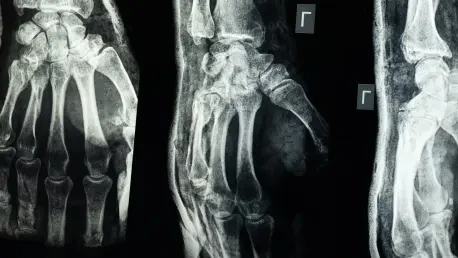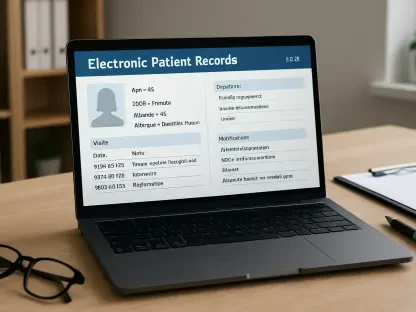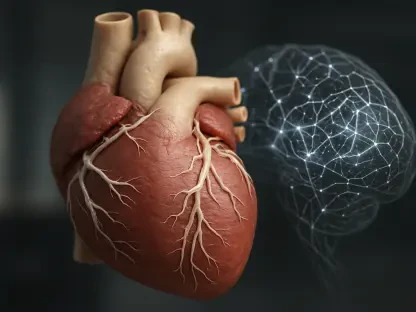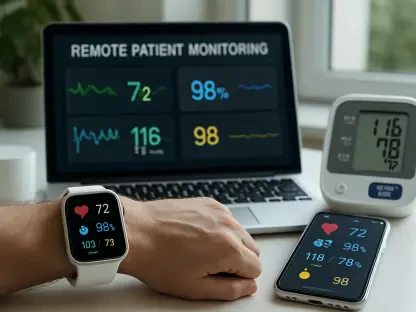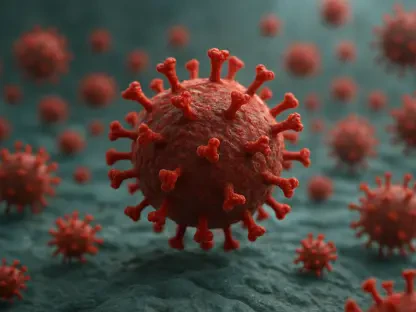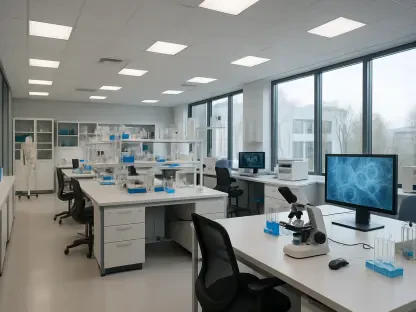In the rapidly evolving field of medical imaging and radiation therapy, students often find themselves poised at the frontline of technological advancements and healthcare practices. Recent developments have highlighted the crucial role of radiography students in shaping health policy and future leadership. A shining example of this movement is Shaylan Barber, a senior radiography major from Austin Peay State University, whose participation in leadership development programs has underscored the potential for students to influence the trajectory of healthcare systems. These programs are more than mere educational experiences; they are transformative events that encourage participants to engage actively with pivotal topics in health policy. This article explores the dynamics of such initiatives, their implications for the field, and how they empower students to become leaders and advocates for the profession of radiography.
Bridging Education and Leadership
Building Networks Through Advocacy
At the heart of leadership development programs, like the Student to Leadership Development Program (SLDP) organized by the American Society of Radiologic Technologists (ASRT), lies the intent to cultivate future health leaders. These programs offer students exposure to the world of advocacy, policy-making, and professional networking. They provide a platform where aspirations meet real-world challenges, enhancing one’s understanding of leadership beyond academic confines. During the ASRT Educational Symposium, students from diverse geographical and educational backgrounds engage in advocacy training and mentorship, fostering a robust network of future leaders. For participants like Barber, this environment furthers the development of a profound understanding of policy dynamics and leadership practices. By exchanging insights and experiences with peers, students gain a sense of purpose and belonging, crucial for effectively navigating the complexities of health policy.
Insights from Collaborative Experiences
Engagement in such programs not only broadens professional horizons but also fosters personal growth. Participants discover that the essence of leadership resides in the ability to connect diverse ideas and perspectives, translating them into actionable insights. Opportunities to interact with students from distinct backgrounds give rise to rich discussions, laying the groundwork for collaborative problem-solving and innovation in health policy. This collaborative experience reinforces the understanding that effective leaders are those who can mobilize collective ideas for the betterment of healthcare practices and systems. By bridging education with practical leadership skills, participants like Barber return with a more refined perspective, ready to convey these insights to their academic and professional communities. Such experiences embody the idea that leadership is not just about influence but also about fostering positive and tangible changes within the healthcare field.
Fostering Professional Growth
Empowerment Through Mentorship
A critical component of the SLDP is its emphasis on mentorship, which serves as a cornerstone for the program’s success. Through consistent guidance and support, mentors provide students with the tools necessary for navigating both their immediate academic environment and the broader healthcare landscape. This structured mentorship aids students in developing lifelong leadership skills, essential for their transition from academia to impactful professional roles. By offering tailored advice, motivation, and understanding, mentors play a pivotal role in shaping the students’ career trajectories. Barber’s journey exemplifies how mentorship fosters confidence, resilience, and an eagerness to pursue leadership roles in health policy. Such relationships are instrumental in cultivating a generation of radiography professionals equipped to voice the needs and challenges of their field effectively.
Advocacy for Professional Recognition
Beyond personal development, these programs emphasize advocacy for professional recognition within the wider healthcare arena. Participants learn to actively engage with policy-making processes, advocating for the radiography profession’s interests and ensuring its recognition and growth. This advocacy involves understanding the legislative framework, articulating the profession’s needs, and striving for enhancements in educational standards and practice guidelines. By nurturing such skills, programs like the SLDP empower students to champion the cause of their profession and drive lasting improvements in healthcare delivery. Barber and her peers, thus, emerge as vital proponents for radiography’s evolving role, demonstrating how student involvement can lead to significant transformations in policy and practice. Encouraged by these insights, radiography students are poised to be pivotal influencers in the future of healthcare policy.
The Path Ahead for Radiography Students
The emerging role of radiography students in health policy signifies a shift in traditional educational paradigms, where the focus extends beyond technical competence to encompass leadership and advocacy. By participating in targeted leadership development initiatives, students are equipped with the skills and confidence to navigate complex policy landscapes and advocate effectively on behalf of their profession. These opportunities empower students to transform into leaders who embody the intersection of advanced imaging technology, patient care, and policy advocacy. As they step into this new realm, they are not only prepared to influence the direction of healthcare but also to enhance their communities’ understanding of radiography’s vital contributions. The journey of students like Barber illustrates that the path of leadership in health policy is not reserved for established professionals but is accessible and essential for those entering the healthcare field.
